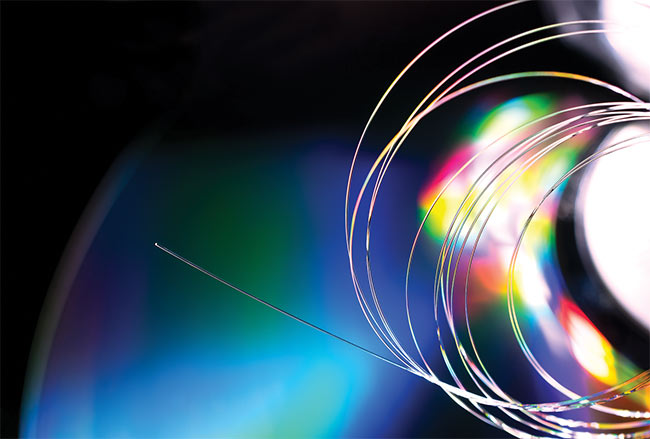The rise in low-price, high-power lasers is opening up new avenues in manufacturing and the life sciences, which sets some tough challenges for optical component makers to overcome.
 From materials processing and automotive industries to next-generation inspection of semiconductors and laser surgery, the demand for high performance optical components has never been greater.
Thanks to the increasing availability of low-price, high-power lasers, innovative industries are demanding more efficient materials processing, smaller components, increasingly detailed inspection, and greater accuracy.
Such pursuits require optical components that can operate reliably under increasingly tough conditions. Optics systems must not only offer greater precision and higher tolerances but also better transmission with fewer wavefront errors.
Optics makers are responding to the challenges with their own pioneering approaches that uniquely address the intended application and type of optical system in operation. At optics, imaging, and photonics technology producer Edmund Optics Inc., significant demand stems from life science applications and materials processing.
“Many laser optics applications are moving toward shorter UV wavelengths for creating very small cuts in processes including laser surgery, printed circuit board manufacturing, and diamond engraving,” said Stefaan Vandendriessche, laser optics product line manager at Edmund Optics in Barrington, N.J.
“This surge in UV optics applications has led to a corresponding demand for optical components designed to work at those wavelengths. As laser sources continue to become more affordable and the achievable precision of optical components continues to increase, new applications and markets become viable that weren’t previously possible.”
Thanks to the increasing availability of low-price, high-power lasers, innovative industries are demanding more efficient materials processing, smaller components, increasingly detailed inspection, and greater accuracy.
Corning Inc. is working on durable fibers that enable a tighter bend
From materials processing and automotive industries to next-generation inspection of semiconductors and laser surgery, the demand for high performance optical components has never been greater.
Thanks to the increasing availability of low-price, high-power lasers, innovative industries are demanding more efficient materials processing, smaller components, increasingly detailed inspection, and greater accuracy.
Such pursuits require optical components that can operate reliably under increasingly tough conditions. Optics systems must not only offer greater precision and higher tolerances but also better transmission with fewer wavefront errors.
Optics makers are responding to the challenges with their own pioneering approaches that uniquely address the intended application and type of optical system in operation. At optics, imaging, and photonics technology producer Edmund Optics Inc., significant demand stems from life science applications and materials processing.
“Many laser optics applications are moving toward shorter UV wavelengths for creating very small cuts in processes including laser surgery, printed circuit board manufacturing, and diamond engraving,” said Stefaan Vandendriessche, laser optics product line manager at Edmund Optics in Barrington, N.J.
“This surge in UV optics applications has led to a corresponding demand for optical components designed to work at those wavelengths. As laser sources continue to become more affordable and the achievable precision of optical components continues to increase, new applications and markets become viable that weren’t previously possible.”
Thanks to the increasing availability of low-price, high-power lasers, innovative industries are demanding more efficient materials processing, smaller components, increasingly detailed inspection, and greater accuracy.
Corning Inc. is working on durable fibers that enable a tighter bend
Member Exclusive: To read the complete article, please Login or Register